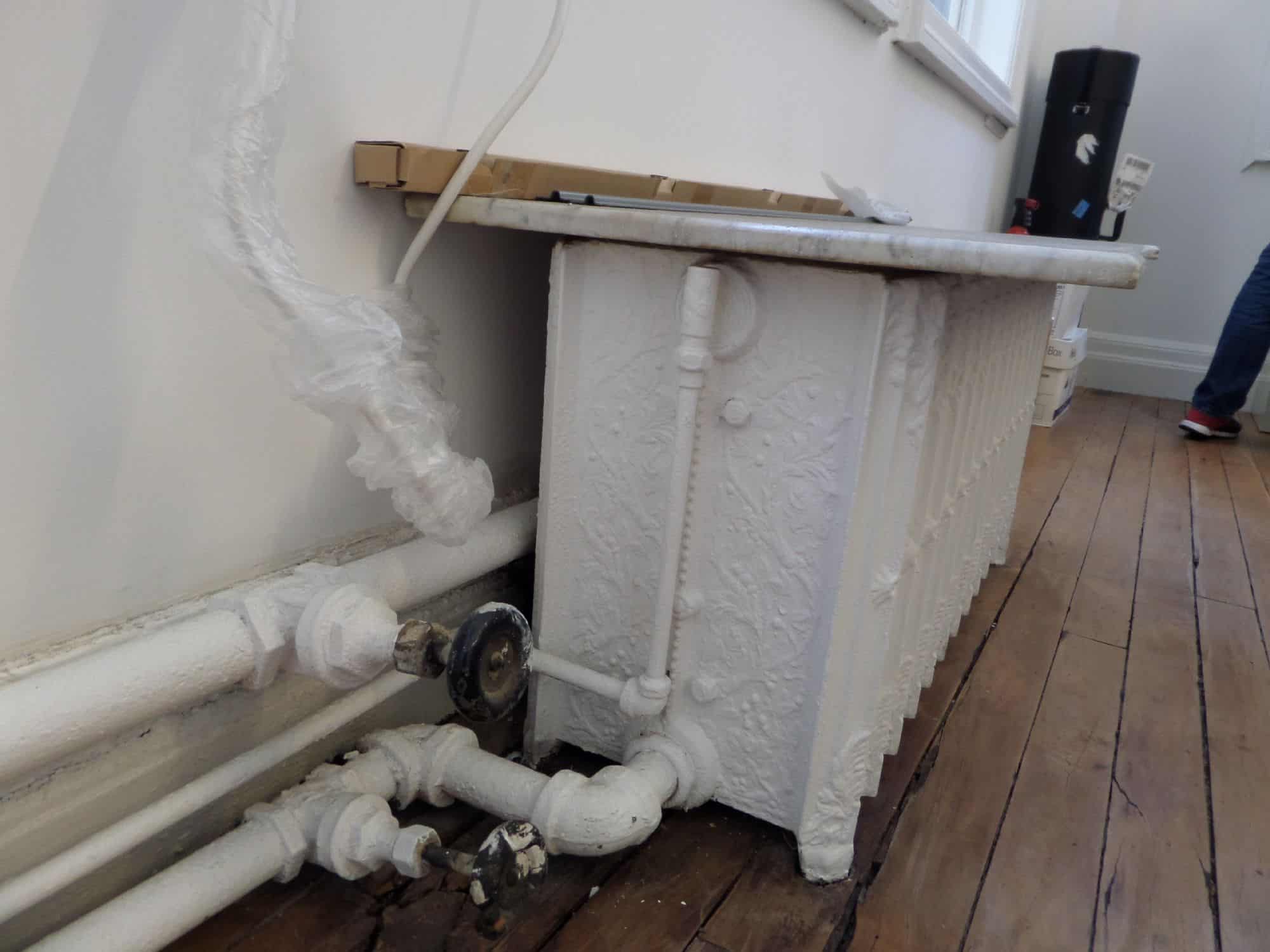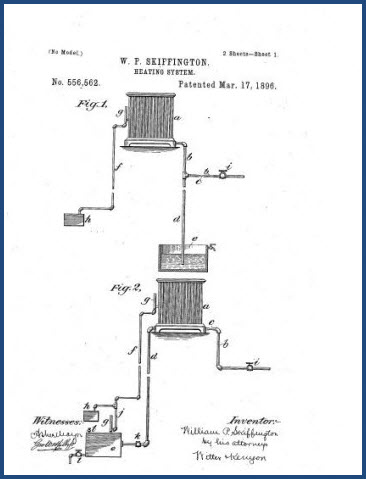CASE STUDY – MIXED-USE WITH AFFORDABLE HOUSING

Services:
IntelliGreen Partners (“IGP”), acting as Owner’s Representative to this Fifth Avenue family-owned mixed-use rental building, planned and managed a major retrofit of this historic and obsolete 3-Pipe Paul heating distribution system. The building was built before the steam trap was invented.
IGP assisted the Owner in selecting the LL87/09 Energy Audit and Retro-commissioning team to “comply early” in 2013, and to access funding from NYSERDA’s Flex Tech Program.
IGP also does the LL84/09 Benchmarking every year.
IGP also led the Radiator Retrofit Project, resulting from the LL87 Retro-commissioning measures recommended to improve the building’s heating distribution system and energy efficiency.
Property Information:
- Building Area: 101,649 square feet.
- Total Units: 30: 15 residential; 14 commercial; 1 retail.
- Built: 1905.
- Original Heating Fuel: No. 6 oil, since converted to natural gas.
- Projects: LL84/09, LL87/09, Radiator Retrofit.
- Incentives Earned: NYSERDA FlexTech Program; Con Edison Commercial & Industrial Program (C & I)

Original Three-pipe Paul System radiator. This skinny third pipe connected to a Venturi exhauster box in the basement.

This mixed-use building was originally 11 stories, built in 1905. Seven stories were added in 1924. The building was built just before the steam trap was invented. This original Three-Pipe Paul System used neither air vents nor steam traps. The radiators had a steam riser, a condensate line and a third line leading to a Venturi box in the basement. This was the precursor to the vacuum system. Over the years no one knew what the third pipe was for so they cut it. Now the best retrofit is to make this a Two-pipe Air Vent system using air vents only, no steam traps. It is best to try to bring this system back as close as possible to its original design intent.

Project Results:
In 2010 IGP found the radiators with a mix of air vents, steam traps, and sometimes both on the same radiator. IGP researched the history of the building and brought in an historical steam heating expert who determined that the building had a unique three-pipe air vent system known as the “Paul System”, the first vacuum steam heating system in America. The Paul System, was patented in 1896 before the steam trap was invented. This system is rare but can still found in old New York City buildings.
The Paul System consisted of a supply pipe, a return pipe and a third 1/4 inch copper line connected to the air vent tapping on each radiator that ran back to the steam-jet powered vacuum inducing venturi box “exhauster” in the basement. Each radiator had its own return air-line. The third pipe removed the air from the system [and each radiator] before the steam is allowed to enter.
By 2010 the Venturi exhauster box was long gone. Most of the air-lines had been disconnected and abandoned. Many radiators were leaking, damaging floors and ceilings, and provided either too much or too little heat in tenant spaces. The boiler pressure was increased to get steam to the top floors. The resulting over-heated tenants on lower floors opened the windows in the winter, causing the boiler to work even harder. Working with the LL87/09 energy engineer and the steam heating system historian, IGP developed a retrofit plumbing project Scope of Work and Request for Proposals (RFP).
- IGP Identified that its unique 1905 3-Pipe Paul Vacuum System was malfunctioning.
- IGP assisted in the bid process and selection of the Master Plumber contractor.
- IGP worked with all tenants over an eight month period in 2014 with 100% installation success rate.
- IGP managed the project to retrofit the radiators to be more consistent with the system’s original design intent.
- Installed new robust air vents and Danfoss thermostatic radiator valves (TRVs) on each radiator, giving tenants more control over their heating.
- Reduced the boiler pressure down significantly from 5-7 psi to 1.5 psi as the steam more efficiently reached the top floor.
- Reduced the building’s energy use by over 20%, thereby earning the Con Edison C & I incentive.
Project Update:
- IGP further advised the Owner to implement master venting in the basement and on the steam risers to further improve the heating distribution throughout the building. This project was completed in early 2018.
Period: 2013 – 2020
